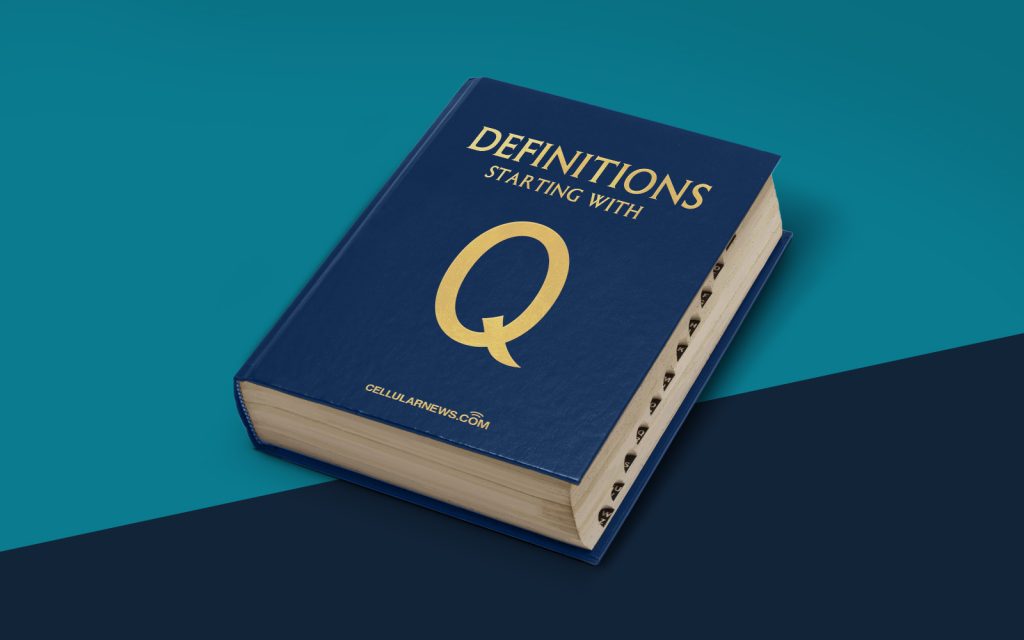
Query Strings: The Language of the Internet
Have you ever wondered what that series of characters at the end of a URL is? It’s called a query string, and it plays a vital role in how web pages communicate with each other. In this article, we will unravel the mystery behind query strings and understand their significance in the world of web development.
Key Takeaways
- A query string is a part of a URL that contains additional information, parameters, or data that can be passed between web pages.
- Query strings are typically used to retrieve specific information or customize the behavior of a web page or application.
Breaking Down the Query String
A query string is comprised of two main components: the question mark and the parameters. Let’s break it down:
The Question Mark
The question mark, represented by ?, is the delimiter that separates the main URL from the query string. It tells the server that additional information follows.
The Parameters
Parameters, also known as key-value pairs, are the actual pieces of information being passed in the query string. They consist of a key and a value, separated by an equals sign (=). Multiple parameters can be added to the query string by separating them with an ampersand (&).
Here is an example of a URL with a query string:
https://www.example.com/search?q=SEO&type=web&language=enIn this example:
- The main URL is “https://www.example.com/search”.
- The question mark indicates that a query string is about to start.
- The parameters are “q=SEO”, “type=web”, and “language=en”.
So, what can you do with query strings? Here are some popular use cases:
Customizing Search Results
Query strings are often used to create custom search functionality on websites. By passing search parameters through the query string, websites can display tailored search results to users based on their input.
Filtering Data
Query strings can also be used to filter data on web pages. By specifying certain parameters in the query string, users can narrow down their search results to display only the information they are interested in.
Conclusion
Query strings are an essential part of web development and enable websites and applications to communicate with each other. They allow for the customization of web pages, the manipulation of data, and the creation of dynamic search functionality. By understanding query strings, you can unlock a whole new world of possibilities in web development.
